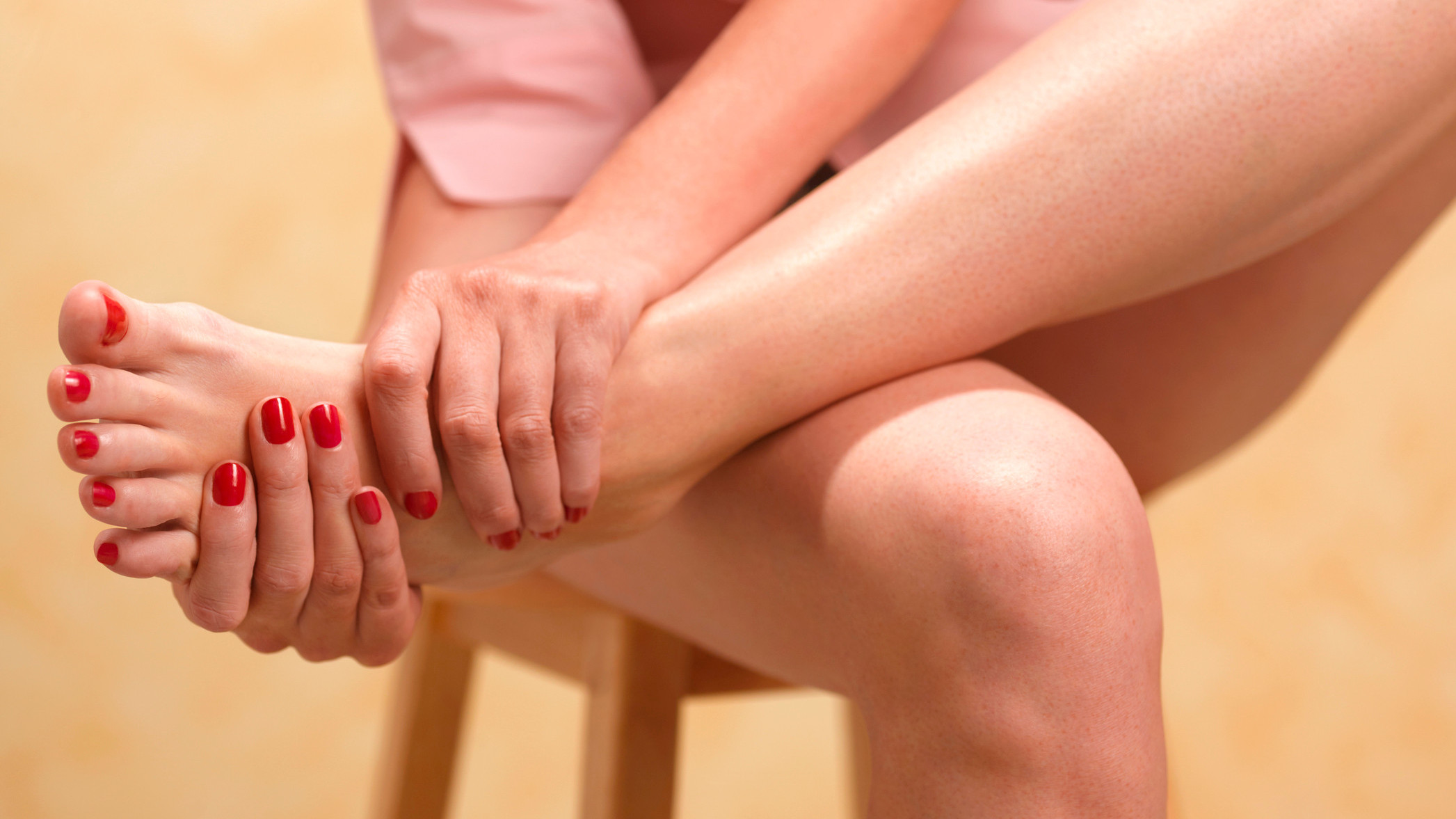Gout: It's Not Just For Henry VIII And Leonardo Da Vinci Anymore
What do Alexander the Great, Charlemagne, Leonardo da Vinci, Henry VIII, and Isaac Newton all have in common? Greatness, yes. Bravery, to be sure. Also, uncomfortably inflamed big toes. In other words: they all suffered from gout. And you can, too: A recent article in The New York Times explains that gout, an affliction once thought to primarily impact aristocracy, may actually be 2020's most worrying ailment. Er, second-most.
Gout occurs when the body produces more uric acid than the kidneys can filter out, creating tiny, dagger-shaped crystals that stiffen in the joints and trigger inflammation, swelling, and redness, often near the joint at the base of the big toe. The Times reports that it's making a pretty serious comeback with U.S. cases more than doubling from the 1960s to the 1990s.
Those numbers are disconcerting, but no one knows the exact cause of the spike. It's known to be exacerbated by foods that contain the chemical compound purine, but the Times reports no corresponding increase in sales of "historically gouty" foods like veal and foie gras. Red meat consumption in the United States also continues to decline. And while some traditionally swanky eats do contain high levels of purine, proletariat pleasures like high-fructose corn syrup, beans, and brewer's yeast can also elevate uric acid levels. (It's worth noting that gout does still has a crafty way with the elite. You may recall that Paul Manafort, Donald Trump's former campaign chairman, suffered from "severe gout" during his financial fraud trial in 2018.)
If you have a family history of gout and find yourself worried about your personal toe comfort (as you should be!), chat with your doctor about ways to reduce your own purine intake. And if you do contract the condition, rest easy: you're in good (historical) company.
